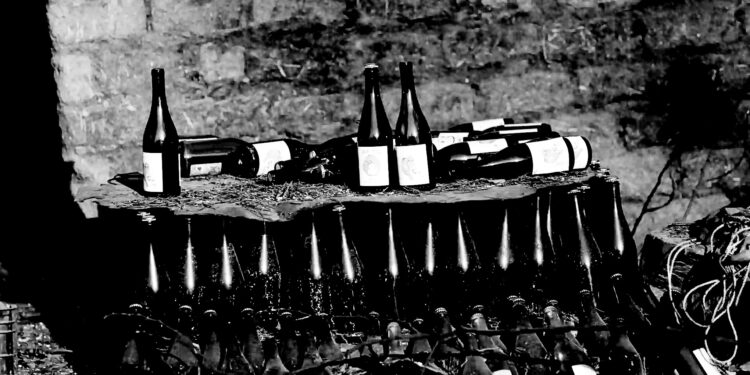How to support the wine growers of fire-ravaged southern Chile
Emiliana Adobe Reserva Pinot Noir, Bío Bío, Chile 2021, £9.50, Vintage Roots One of the most exciting developments in South American wine in the 21st century has been Chilean winemakers’ discovery, or in some cases re-discovery, of their country’s southern wine-making regions. In the early years of the country’s modern wine boom, which followed hard on the heels of the rise of other non-European wines from the likes of Australia and California in the 1980s and 1990s, most of the winegrowing action took place in the Central Valley which runs south from the capital Santiago.
Then as now, the Central Valley was home to some excellent wines, not least the sumptuous cabernet sauvignons that were Chile’s first genuinely world-beating fine wines. But the rise of the south (as well as new vineyards on the coast and to the north on the fringes of the Atacama Desert) has greatly expanded Chile’s winemaking palate, with the relative cool of the Bío Bío Valley emerging as one of the continent’s best places for pinot noirs, such as Emiliana’s refreshingly breezy, strawberry-scented example.
Longavi Glup País, Itata, Chile 2021, £11.49, All About Wine The winegrowers of southern Chile have had a nightmare start to 2021 with wildfires sweeping through their vineyards in early February, destroying or seriously damaging vines and buildings as they began to prepare for the 2023 harvest. The fate of the vineyards can seem like a minor concern when set against loss of life (24 people died in the fires) and homes, but the trauma for small producers who make up the majority of winegrowers there, whose very livelihoods are threatened, should not be underestimated. Among the worst-hit regions was the Itata Valley, one of the original traditional homes of Chilean wine, which has been the scene of a remarkable renaissance in recent years after being somewhat marginalised during the modern boom. It’s a rebirth built on the rediscovery, or redeployment, of very old vines, sometimes more than 100 years old, the fruit of which had been disappearing into anonymous blends, but which is now being used to make vibrant, tangy red wines such as Longavi’s Glup País.
Rogue Vine Grand Itata Tinto, Itata, Chile 2021, £20.50, The Sourcing Table As with other severe wildfire outbreaks in wine regions such as Australia, California and Greece this decade, the root cause of Chile’s February fires is unequivocally the climate crisis, with the southern Chilean outbreak finally triggered by record high temperatures and megadrought. There’s a hideous irony, then, that some of the worst-affected producers are using some of the most sustainable farming methods in the country, often working chemically and without irrigation. One such producer is a key player in the Itata revival, Leonardo Erazo, of Los Viñateros Bravos and Rogue Vine. In an article on the fires for the specialist wine website jancisrobinson.com by Alistair Cooper, an English master of wine and long-term specialist on the Itata region, Erazo said he’d lost as much as 90% of this year’s production, and that he expected only about 50% of his precious stock of old vines to survive – with many of them having been reduced to nothing more than a pile of cinders. Now seems like the perfect time, then, to support Erazo and his colleagues by buying a bottle of his gloriously supple and evocative red.


Recent Comments